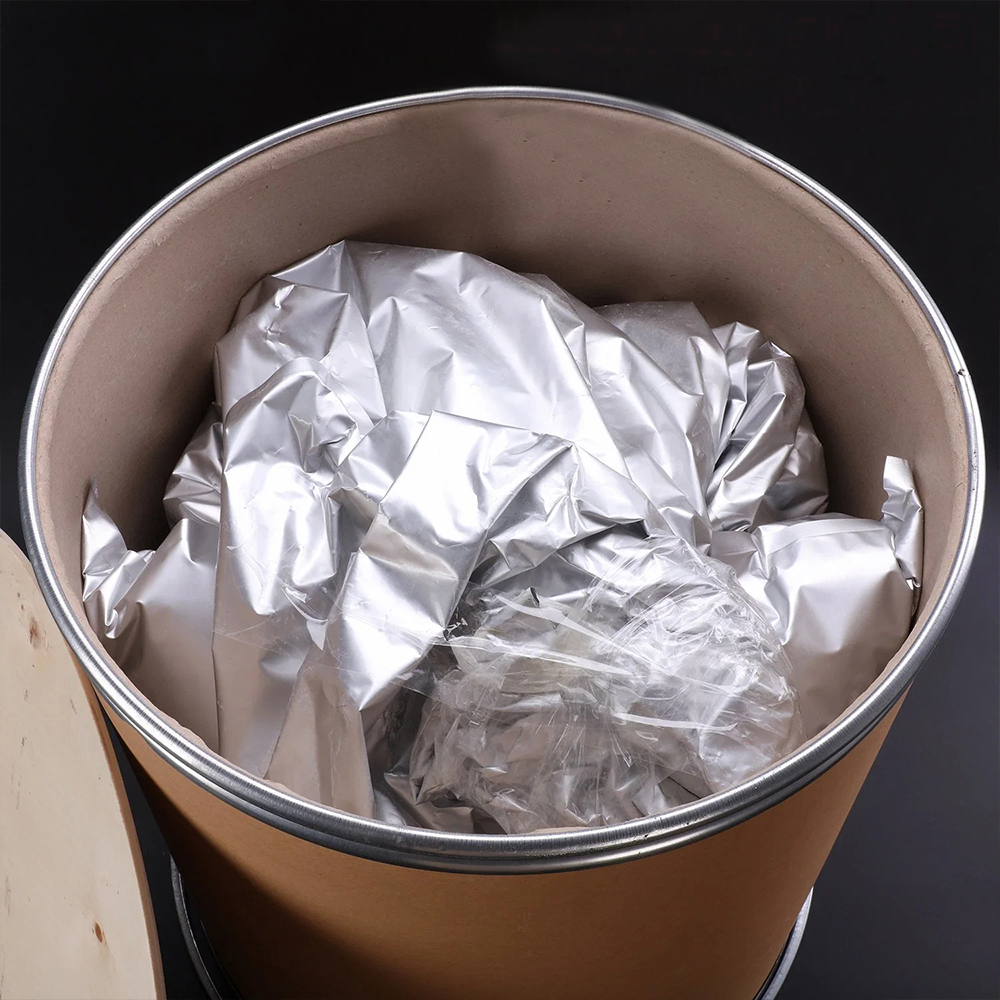



sodium hydroxide whmis
Understanding Sodium Hydroxide in the Context of WHMIS
Sodium hydroxide, commonly known as lye or caustic soda, is a highly versatile compound used in various industries, including manufacturing, plumbing, and food production. While it is an essential substance for many applications, it also poses potential health and safety risks. Thus, understanding its characteristics and handling procedures under the Workplace Hazardous Materials Information System (WHMIS) is crucial for ensuring workplace safety.
Chemical Properties and Uses
Sodium hydroxide is a strong alkali, meaning it readily dissociates in water to produce hydroxide ions. This property makes it an effective agent for neutralizing acids and saponifying fats, which is why it is widely used in the production of soaps and detergents. Additionally, sodium hydroxide plays a critical role in the manufacture of paper, textiles, and various chemical products. However, due to its highly corrosive nature, sodium hydroxide can cause severe burns upon contact with skin or irritation to the eyes and respiratory system.
WHMIS Classification
Understanding Sodium Hydroxide in the Context of WHMIS
Health Hazards
sodium hydroxide whmis

Exposure to sodium hydroxide can occur through skin contact, inhalation, or ingestion. Skin exposure can lead to serious chemical burns, while inhaling its dust or mist may cause respiratory problems, including irritation of the nose and throat. Ingestion of sodium hydroxide, even in small amounts, can be fatal, as it may cause severe damage to the mouth, throat, and stomach. Therefore, proper protective equipment, such as gloves, goggles, and respiratory protection, is essential when working with sodium hydroxide.
Safe Handling and Storage
When handling sodium hydroxide, it is crucial to follow designated safety protocols to minimize the risk of exposure. Workers should always wear appropriate personal protective equipment (PPE) and ensure that they are trained in emergency procedures, such as the use of eye wash stations and safety showers. Additionally, sodium hydroxide should be stored in a cool, dry place, away from incompatible substances such as acids, as mixing these materials can result in hazardous reactions.
Emergency Response
In the event of a spill or exposure, it is vital to follow the emergency response guidelines outlined in the SDS. Areas contaminated with sodium hydroxide should be evacuated and ventilated; appropriate containment and cleanup methods should be employed. In case of skin or eye contact, affected areas should be rinsed thoroughly with water, and medical attention should be sought immediately.
Conclusion
Sodium hydroxide plays a significant role in various industrial applications, but its corrosive nature necessitates careful management to prevent health hazards. By adhering to WHMIS guidelines and promoting a strong safety culture, workplaces can ensure the safe handling and use of sodium hydroxide, ultimately protecting workers and the environment from potential harm. Understanding the risks and establishing robust safety measures can lead to safer work environments for all.
-
Why Sodium Persulfate Is Everywhere NowNewsJul.07,2025
-
Why Polyacrylamide Is in High DemandNewsJul.07,2025
-
Understanding Paint Chemicals and Their ApplicationsNewsJul.07,2025
-
Smart Use Of Mining ChemicalsNewsJul.07,2025
-
Practical Uses of Potassium MonopersulfateNewsJul.07,2025
-
Agrochemicals In Real FarmingNewsJul.07,2025
-
Sodium Chlorite Hot UsesNewsJul.01,2025










